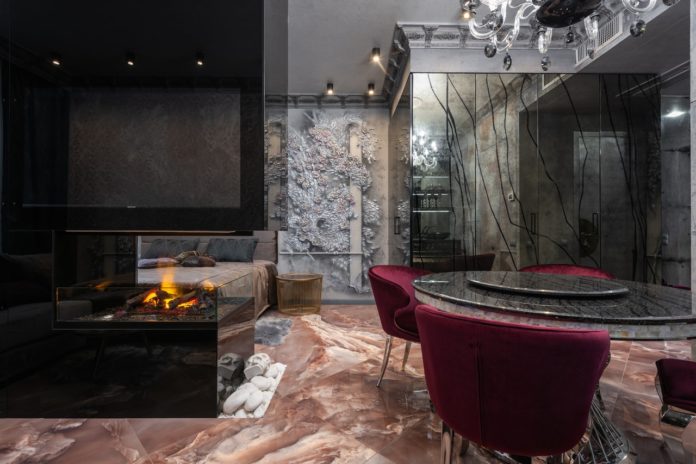Probably one among the most important purchases of any home, dining tables can make up for a variety of functionality with several different uses. Whether it’s a wooden rectangular table that seats four or marble dining tables for larger families, there are always certain things that homeowners need to keep in mind before looking to buy one.
There are many different advantages to having a dining table for the household.
- Being the centre point for every Australian home, dining tables are the place where important discussions, conversations and moments take place. This can happen over lunch, breakfast, dinner or otherwise.
- Dining tables can also act as a makeshift workstation for those looking to find a space to tackle their projects or assignments.
- The use of dining tables to bring families closer has been a tradition that has been existing since the olden times. It still exists even to this day and provides a small semblance of order in an otherwise hectic life of every family.
Unfortunately, the country is seeing a decline in dining table usage over the past few years. For those looking to rekindle their family spirits and bring them closer over a meal every day, here are some things to consider when on the lookout for dining tables.
1. Number of family members: The size of the family should be taken into consideration first. No one should be left behind when it comes to meals, and the right size must fit every single member of the household. Bigger families may require larger tables for use. Despite the fact that smaller families have fewer family members, they are often encouraged to buy a medium-sized table to seat guests and relatives when they come over.
2. Fitting Into The Room Decor: Dining rooms are not the most decorative room in the house. But that doesn’t mean one should opt for a dull design that can undermine the aesthetics and design of the room. Modern styles are the most popular choice when it comes to a chic setting and traditional designs are often bought for vintage-style homes. Colours shouldn’t be too loud, although they should blend seamlessly with the whole room. Then there’s the choice of shape, oval being the most prevalent, followed by rectangular or circular shapes. Circular and square-shaped tables are best suited for smaller rooms or kitchens where space is a bit of an issue.
3. Choosing The Material: Speaking of design aesthetics, the material of the table plays a huge role here. Although the top purchases for tables are those made of wood, it’s not uncommon to find additional embellishments like glass tops. Modern styles are dominated by glass tops and marble dining tables as they are easier to clean and dust. Stone and glass are way more durable too. For those on a budget, try laminates, although they can’t guarantee the quality over time that other materials offer.
4. Setting Up a Budget: Budget mainly depends upon the size, material and how often maintenance is required. Having a budget will help the customer make more calculated decisions when it comes to purchasing. So if the budget satisfies, then go for it.
5. Purpose of Use: Families with school-aged children can benefit from having a large table where parents and children can come together to play games and work together on homework. For those homes that regularly entertain guests, tables with sleek designs are the best option. On the other hand, if the family is not more than four and the room dimensions are smaller than the usual size, then a simple square-shaped table will do. Smaller tables can be set up in the kitchen without the need for additional room, saving up the extra space. If the size is still an issue, consider buying extendable tables or attaching one side to a wall.
Chairs are usually bought with the tables, but in case they’re sold separately, don’t go for bright colours and stick to something plain and comfortable.











